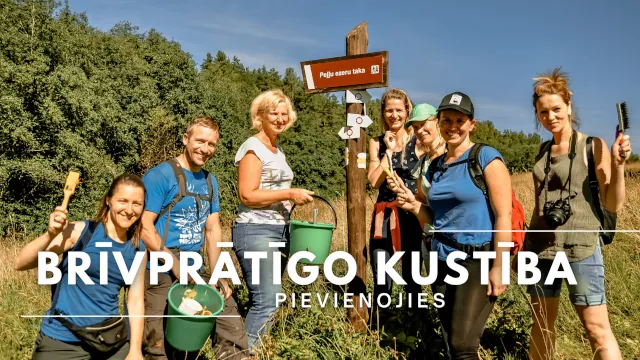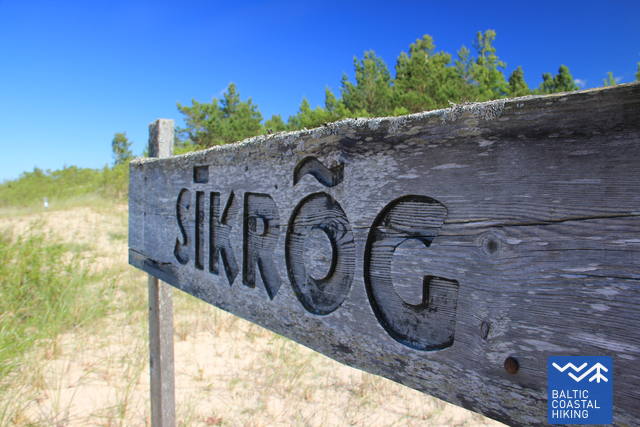 Sīkrags village
Sīkrags village
Among the eldest Livonian settlements mentioned in written sources already in 1387. In 17th century, this is where an important small port on the Northern Kurzeme coast was established; at that time, Sīkrags was larger than the village of Mazirbe. Some think that the first church of Irbe congregation was located in Sīkrags, built in the second half of the 17th century. And the old cemetery standing on a hillock next to the former church location is still visible in the centre of the village.
During the first independence years of Latvia, Sīkrags was among the most busy Livonian fishermen villages with some 60 active fishermen. Livonian as a language played a significant role, and out of the 193 inhabitants of Sīkrags 85 (44%) were Livonian. Nearly all Livonian families still used Livonian for everyday communication. In 1922, the first Livonian choir was established. Individuals important to Livonian culture scene, born and brought up in Sīkrags — musician and conductor Hilda Grīva (1910–1984), preserver of Livonian language, story-teller and poet Pēteris Dambergs (1909–1987), graphic artist Baiba Damberga (born in 1957).
Sīkrags bears the status of an urban construction monument of national significance since 1983. The protection zone covers the former village centre and the houses “Ķeļķi”, “Jaunklāvi”, “Kilāsidāmi”, “Vīnamegi”, “Baznīckalns” and “Vecvalki” (“Ķirškalni”). Nowadays, it is busy in summers, while during winter only some families live here permanently.











